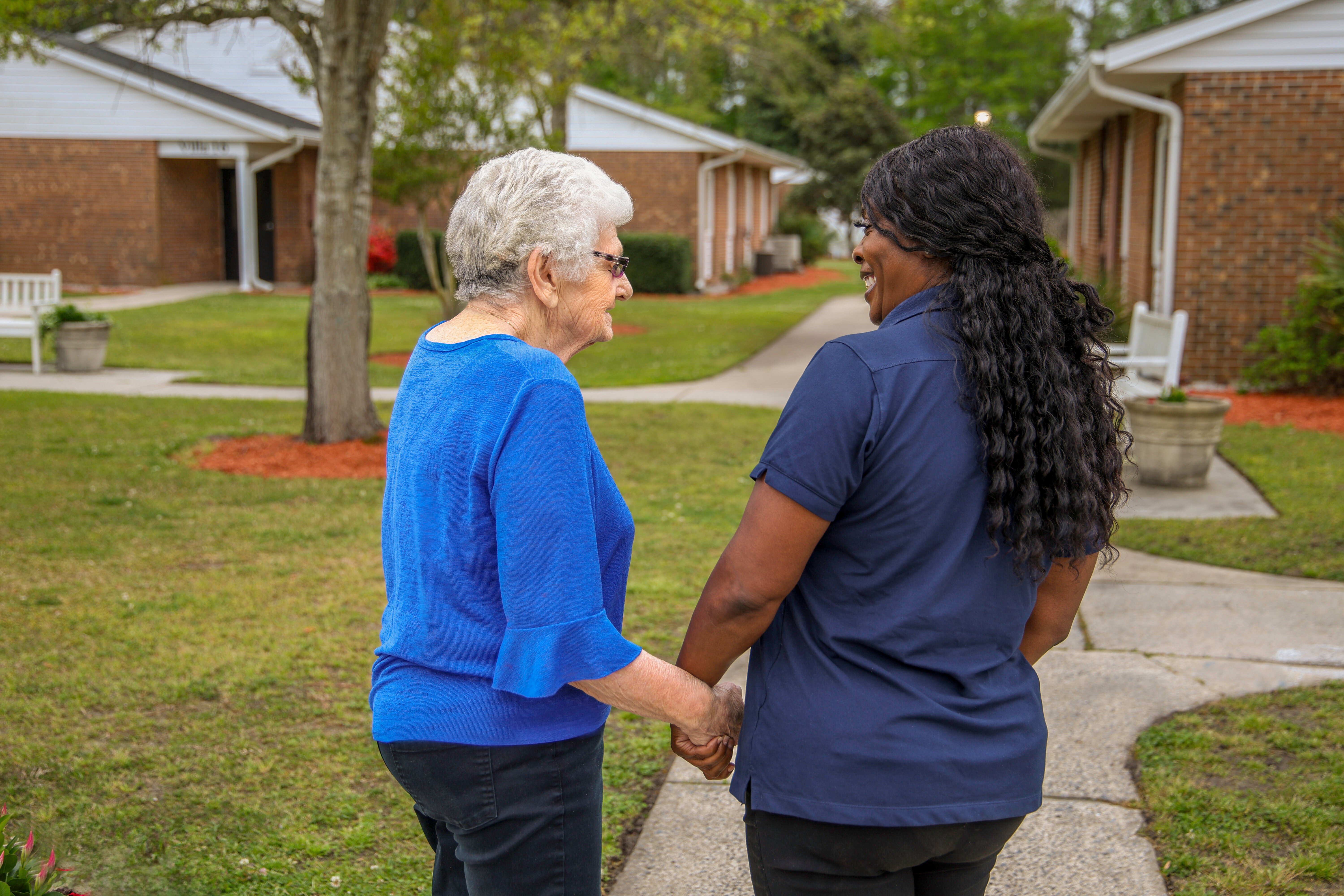Falls occur with alarming frequency in older adults. Unfortunately, this preventable situation puts them at risk in their homes and communities. The impact of falling is much more serious in seniors as even a seemingly minor fall can result in very severe injuries.
In honor of Fall Prevention Awareness Week from September 23-27, here are fall prevention tips to keep older adults safe at home and in the community.
Common Causes of Falls Among Seniors
Various factors lead to an increased risk of falls among seniors. These include:
- Vision and hearing impairments
- Balance difficulties
- Memory issues
- Limited mobility
- Muscle weakness
Environmental hazards, such as loose rugs, cluttered pathways, slippery showers, and poor lighting, can also considerably increase the risk of falls. Addressing these issues and implementing preventive measures is vital for promoting safety in older adults.
To assess your risk of falls, consider the following questions:
- Have you tripped, slipped, or fallen in the last 12 months?
- Have you stopped doing certain chores because you are afraid you may lose your balance?
- Do you worry much about falling?
- Can you get out of a seat without using your hands?
If you answered yes to one of the above questions, it might be time to assess your fall risk and check preventative measures.
Approaches to Reducing Fall Risks
Here are some fall prevention tips for older adults:
Home Safety Modifications
The home environment plays an important role in fall prevention. Slight adjustments, like the ones highlighted below, can make a difference:
- Using non-slip mats.
- Installing grab bars in bathrooms.
- Removing tripping hazards such as loose clutter and carpets.
- Ensuring proper lighting, particularly in stairways.
- Install assistive devices such as metal handlebars, staircase lift chairs, wheelchair ramps, and emergency buttons throughout the living spaces.
- Arrange furniture to create clear walking paths.
Regular Health Check-ups
Regular appointments with healthcare providers are crucial for monitoring overall health and managing conditions that may increase the risk of falls.
This includes a review of all medications, as some can affect coordination and balance.
Regular vision and hearing checks are also vital, as impairments in these senses can increase the risk of failing.
Physical Activity and Balance Training
Participating in exercises that strengthen the legs and improve balance is important. This may include:
- Gentle yoga
- Tai Chi
- Wall pushups
- Toe lifts
- Walking and more
Seniors can also benefit significantly from physical therapy, which allows for a personalized program.
Proper Nutrition
A balanced diet rich in Vitamin D and calcium is vital for maintaining bone health. In addition, staying well-hydrated is just as essential to avoid confusion or dizziness that can lead to falls. This means having enough water and other healthy fluids throughout the day and being aware of signs of dehydration.
The Role of Senior Living Communities in Fall Prevention
Professional caregivers at senior living communities play a huge role in fall prevention. Caregivers can:
- Help with mobility and transfers
- Provide reminders for medication
- Regular vision and hearing check-ups
- Help in maintaining a clutter-free environment
- Support in exercises, physical activities, and more
If you or your loved one is at risk of falling, it might be time to consider a senior living community. They provide the right balance of supervision and care to ensure everyone feels confident and comfortable in their surroundings.

